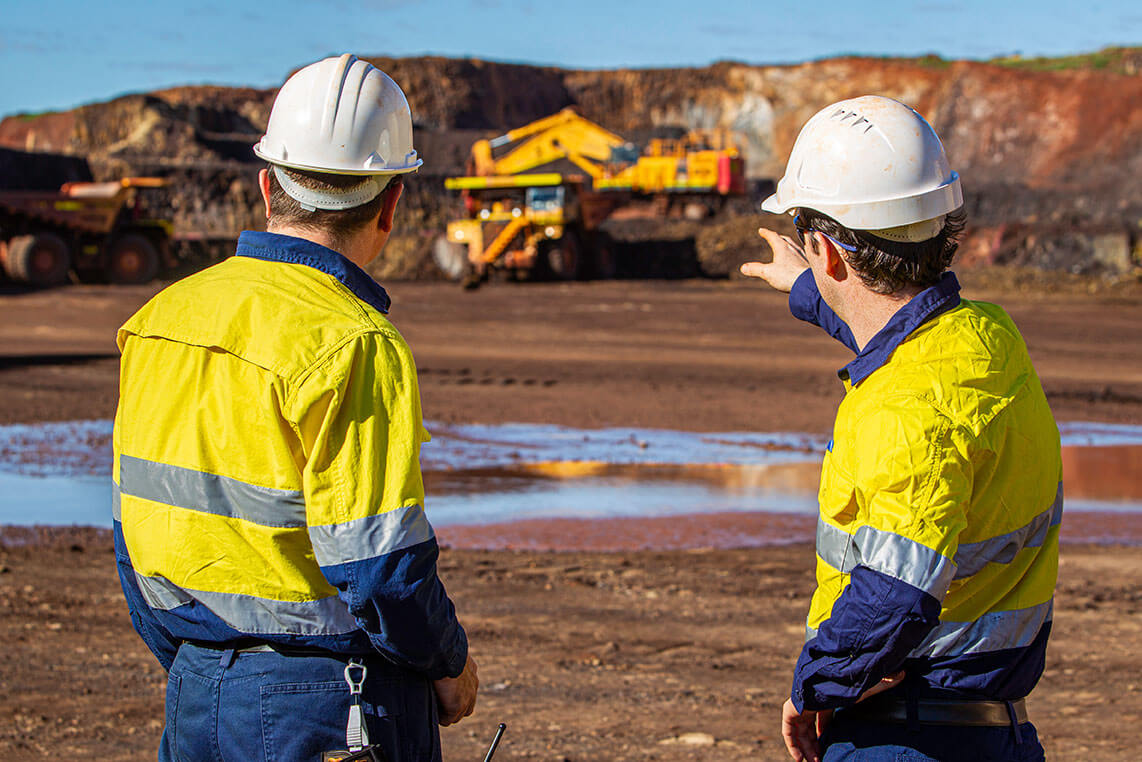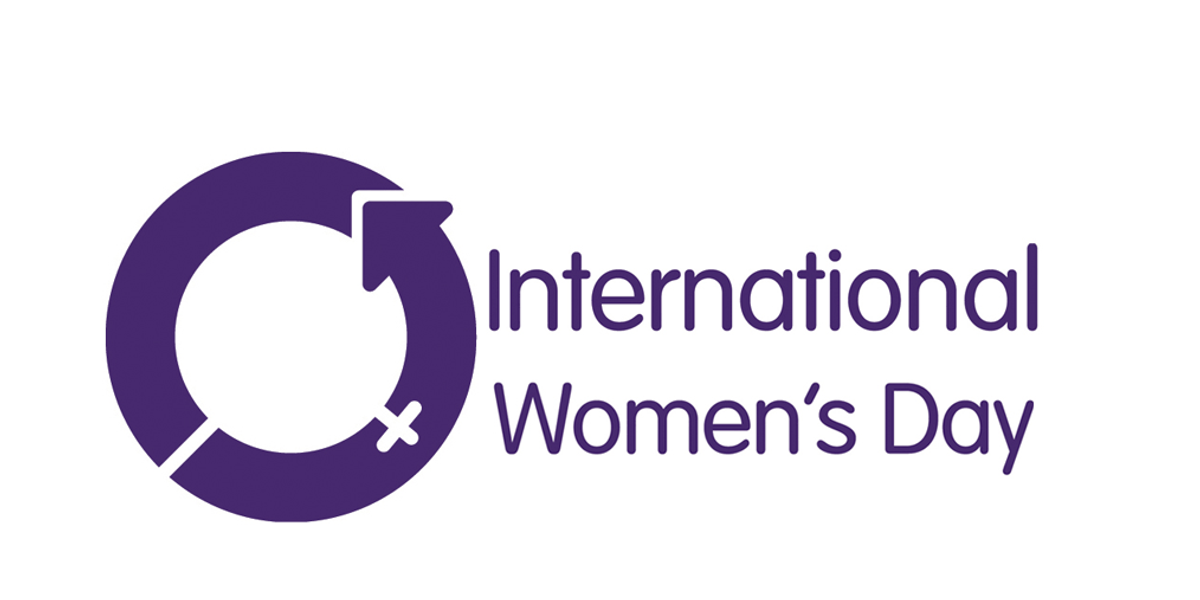Integral but simmering away in the background, like a pot of boiling water on pasta night, it can take a boilover for geopolitics to attract proper investor attention.
At that point it’s potentially too late. The chance to avoid a messy clean-up, or capitalise on an opportunity, has likely already passed.
But those with attention to detail will tell you the visual and audible signs of a boilover are usually there before it happens.
As steam and bubbling are tell-tale signs of a pot that could overflow, mineral strategy and rhetoric can be used to gauge how a nation is feeling about its material supply chains.
Boy, there’s plenty of steam around rare earths supply chains right now.
From the US to the EU to Australia, rare earths – the group of 17 obscurely named metals increasingly important to the high-powered magnets and technologies of tomorrow – are topping the list of critical mineral priorities.
One only needs to look at the most recent rhetoric out of the Quad nations meeting, where the US, Japan, India and Australia came together for an in-person summit and agreed to a partnership to secure critical infrastructure.
That meeting resolved to connect Australian raw materials and processing capabilities with end users in the ally nations – with rare earths highlighted as a priority.
According to US think tank the Center for Strategic and International Studies, China currently provides more than 85 per cent of the world’s rare earths supply.
That’s a lot of supply chain control any country to have, but especially which has shown a willingness in recent years to impose trade sanctions and tariffs in response to geopolitical disagreements.
Rare earths, according to Reuters, are used in EV batteries, advanced ceramics, computers, DVD players, wind turbines, car and oil refinery catalysts, monitors, televisions, lighting, lasers, fibre optics, superconductors and glass polishing.
Some are essential to military equipment like jet engines, missile guidance systems, antimissile defense systems, satellites, and night vision devices.
With one nation supplying 85% of the world’s feed, the implications of the geopolitical pot boiling over would be significant.
It also creates a great deal of opportunity for those who can provide alternate avenues to supply the rare earths market.
Learning from the best
There’s certainly lessons to be had from the Chinese experience in developing its substantial hold on the rare earths sector. Rare earth separation and refining requires a lot of installed infrastructure driven by the economies of scale, like low-cost power, availability of natural gas, high quality reagent supplies, and readily available technical service networks usually within highly developed chemical or industrial complexes.
Close proximity to ports and transport infrastructure is also important.
Ionic is in the process of a scoping study on a refinery, including a location analysis assessing a range of factors and potential partnerships which would enable it to produce the best possible output for its end users and shareholders.
Peak Resources (ASX:PEK) hold African rare earths interests.
With supply chains in focus, those in the rare earths space will be looking to take some of the heat off an industry of increasing importance in the months and years to come.
Helping to get the mix just right – al dente, if you will – without the pot boiling over could hold riches unseen for those who are able to do so.





